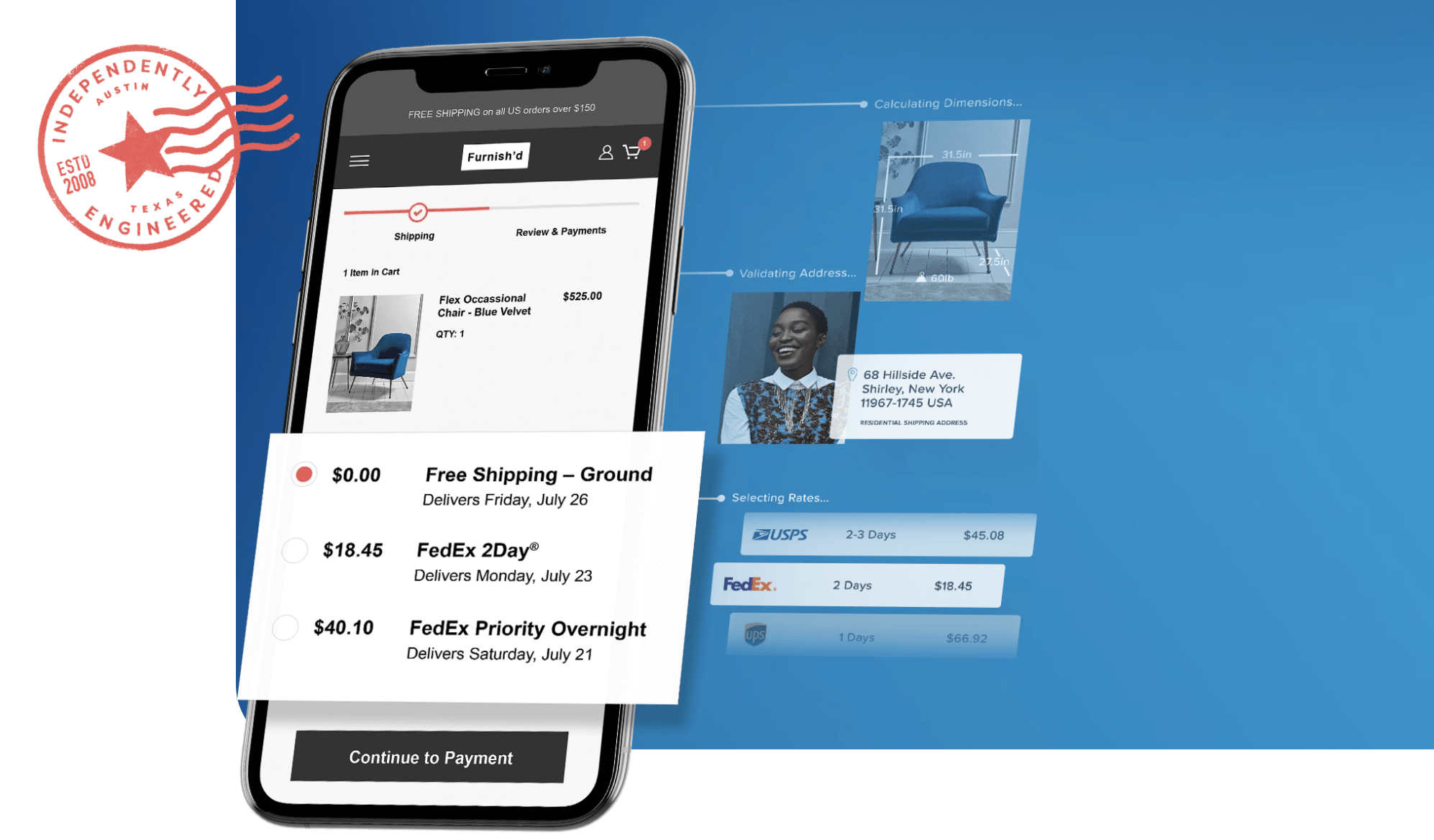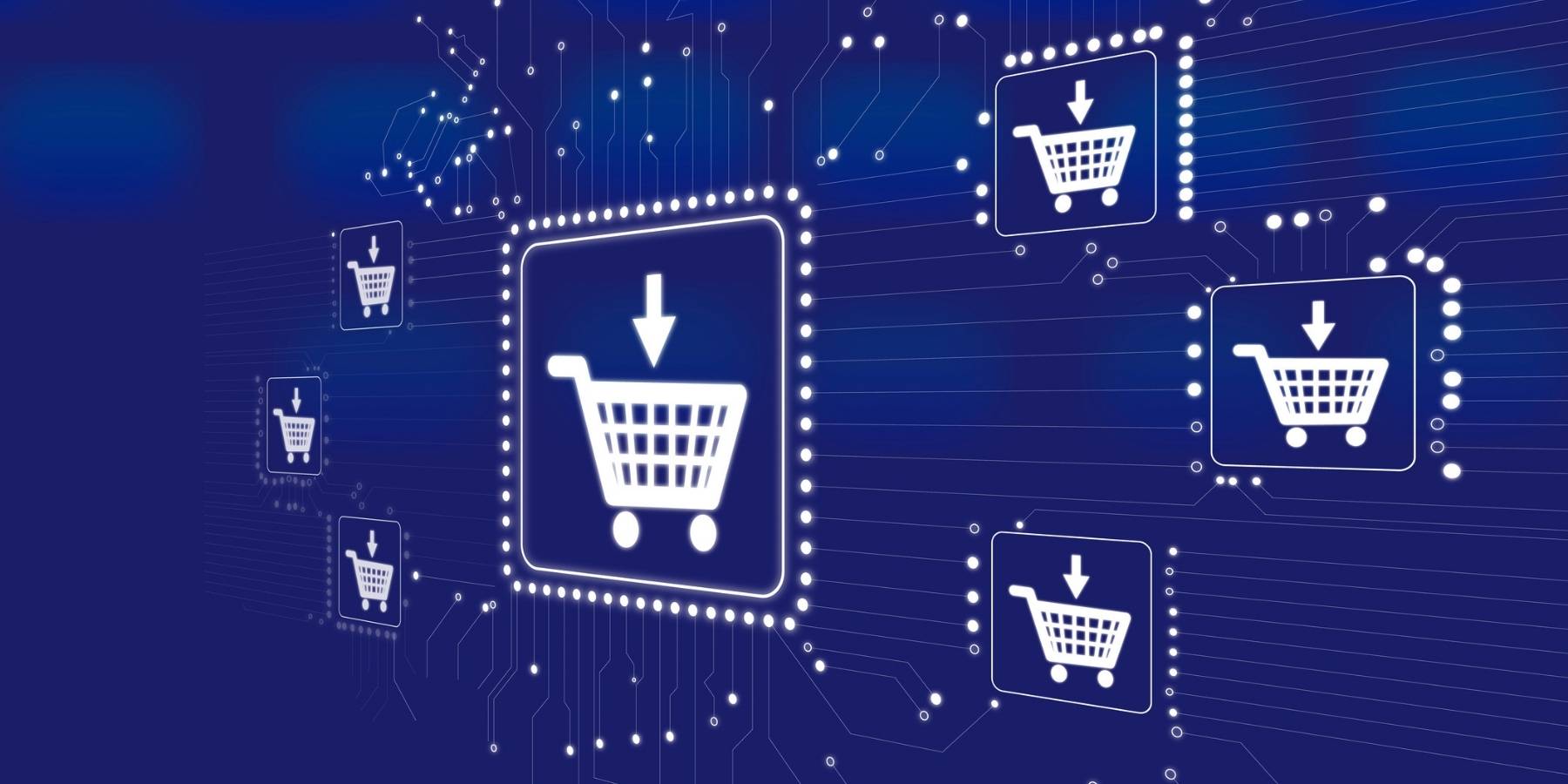Every ecommerce retailer wants to minimize cart abandonment, improve customer engagement, and drive more conversions. While there are endless ways to improve these metrics, the most important step comes down to your customers, and the experience they have when they shop with you.
Ecommerce customer journeys encompass every interaction a customer has with a brand. They start the moment a customer becomes aware of your company – whether via word of mouth, a banner ad, direct search, or something else entirely – and continues indefinitely, even past the point of purchase.
If you’re like most retailers, you’ve spent a lot of time looking for ways to improve this experience. You’ve likely asked yourself:
- Why are my customers abandoning their carts?
- Did they find what they were looking for?
- What actions did they take?
- What made them leave?
In this article, we’ll explore ways to get answers to these questions, and highlight what you should be analyzing to create a smooth pre-purchase customer journey.
Ecommerce Customer Journey Maps
If you want to optimize your customer journey, you’ll first need to start by laying it all out. Customer journey maps are used to visualize each touch point a user might have with your brand. With this on hand, you can really step into your customer’s shoes and get a better picture of how a customer perceives your business. You’ll also be able to nail down your main pain points and know what to improve upon.
To be effective, retailers should update customer journey maps whenever their website experience changes. The purpose of this ongoing review is to understand what a customer sees and experiences during each phase of their journey, and to help retailers understand how they can add more value at each touchpoint.

What Makes Up the Ecommerce Customer Journey?
Let’s step back to review: an ecommerce customer journey consists of every interaction – no matter how minute – a customer has with your brand. More generally, it focuses on what customers need to see and do to complete a purchase with you. Usually, retailers break down these interactions into five phases.
- Awareness
This is the stage in which customers get their first taste of your brand. More than likely, it will begin because of a marketing endeavor or a customer’s search. This stage involves low-commitment research and information gathering, so it’s important you make your value propositions clear and appealing. - Consideration
Once a customer is aware and interested, they begin comparing your options with competitors or alternatives. At this stage, it’s important to communicate features and benefits of your brand and products. - Acquisition
Once customers begin actively interacting with your store, adding items to their cart or wish list, the acquisition phase has begun and it’s time to pull out all the stops. Customers are clearly interested in what you have to offer and want to learn more. Remarketing campaigns often target users in this phase. - Retention
After a customer completes their order, retailers shift their focus onto making them stick around. You can also think of this as “the loyalty phase.” Retailers can support customer loyalty with follow up communications to understand how the transaction went, and continue with promotional communications to keep your brand top of mind. - Advocacy
The ultimate way a customer can show loyalty is with advocacy, so brands should make it a key priority to drive brand evangelism. Many retailers use loyalty or referral programs to drive advocacy, since it provides effectively free marketing from invested buyers.
Ecommerce Customer Journey Basics
Before we dive in, let’s discuss some of the basics that go into creating a useful, appealing website that pulls customers in rather than chasing them away. Ensuring you’ve got these basics down can minimize bounce rates from customers who don’t have the patience to navigate a poorly designed website.
- Fast, responsive loading
Whether consciously or not, users have little tolerance for slow-loading pages, and this will affect your bounce rate and exit rate. One study found that users visit 8.9 pages when load speed is two seconds, versus just 3.3 pages when load speed is 8 seconds. - Easy, clear site navigation
Ecommerce sites need to have straightforward product categories that make it obvious to customers where they can find what they want. Every individual product page needs to be information-rich but easily understandable. - Straightforward contact info
Some customers will inevitably be visiting your site because they need to solve a problem. The last thing they want is to have to hunt for a way to get in touch. Be sure to make it obvious how a customer can communicate with you, and consider offering options like live chat to resolve problems faster.

Improving Your Customer Journey
Beyond the basics, there are other key steps you can take to understand and optimize your customer journey.
Conduct Customers Surveys

The best way to know what your customers think of your offering is to simply ask. There are a variety of ways to use surveys, and you can combine methods to create a fuller picture of your customer’s mindset. Consider an on-site survey to ask customers their opinion of their experience in real-time. These surveys usually live as closeable pop-ups with a single or few questions to increase their usage. A post-purchase survey, usually sent via email, is also a powerful method of understanding how the customer’s experience was and whether they’re likely to return.
Utilize Heatmapping
Heatmapping is a technology that allows website owners to see where a customer’s cursor tends to gravitate.

Heatmaps are uniquely valuable because they give retailers unparalleled insights into their customers’ behavioral flow, and they uncover top conversion paths. By understanding how users navigate your site, you can improve areas customers don’t use, and further optimize the places they do spend time.
Maximize Value on Each Page
Every page your customer lands on is an opportunity for conversion.
- Homepage: To bring maximum value, be sure your homepage features easy navigation, links to your most popular products, and allows users to search for what they want.
- Product pages: Stick to high-quality product photography, and don’t skimp on product details. Where possible, add customer reviews to product pages to drive interest, and be sure customers can zoom in on products for clarity.
- Checkout: Even if every other detail of your site is perfect, a troublesome checkout can tank any sale. Be sure you’re providing shipping options your customers want and clear, specific delivery dates instead of timeframes. Consider alternate pickup or local delivery choices if applicable. Keep data entry points to a minimum, and of course, offer multiple payment methods to keep customers happy.

Wrapping Up
Now that we know what ecommerce customer journeys are, and how to improve them, it’s time to get to work. Remember that above all, customer journey mapping and optimization is all about customer-centricity. The goal is to understand the psychology of the customer and work to improve the experience we provide them. With these tips in your back pocket, you’re well on your way to creating a customer journey that will bump conversions, revenue, and most importantly – loyalty.






